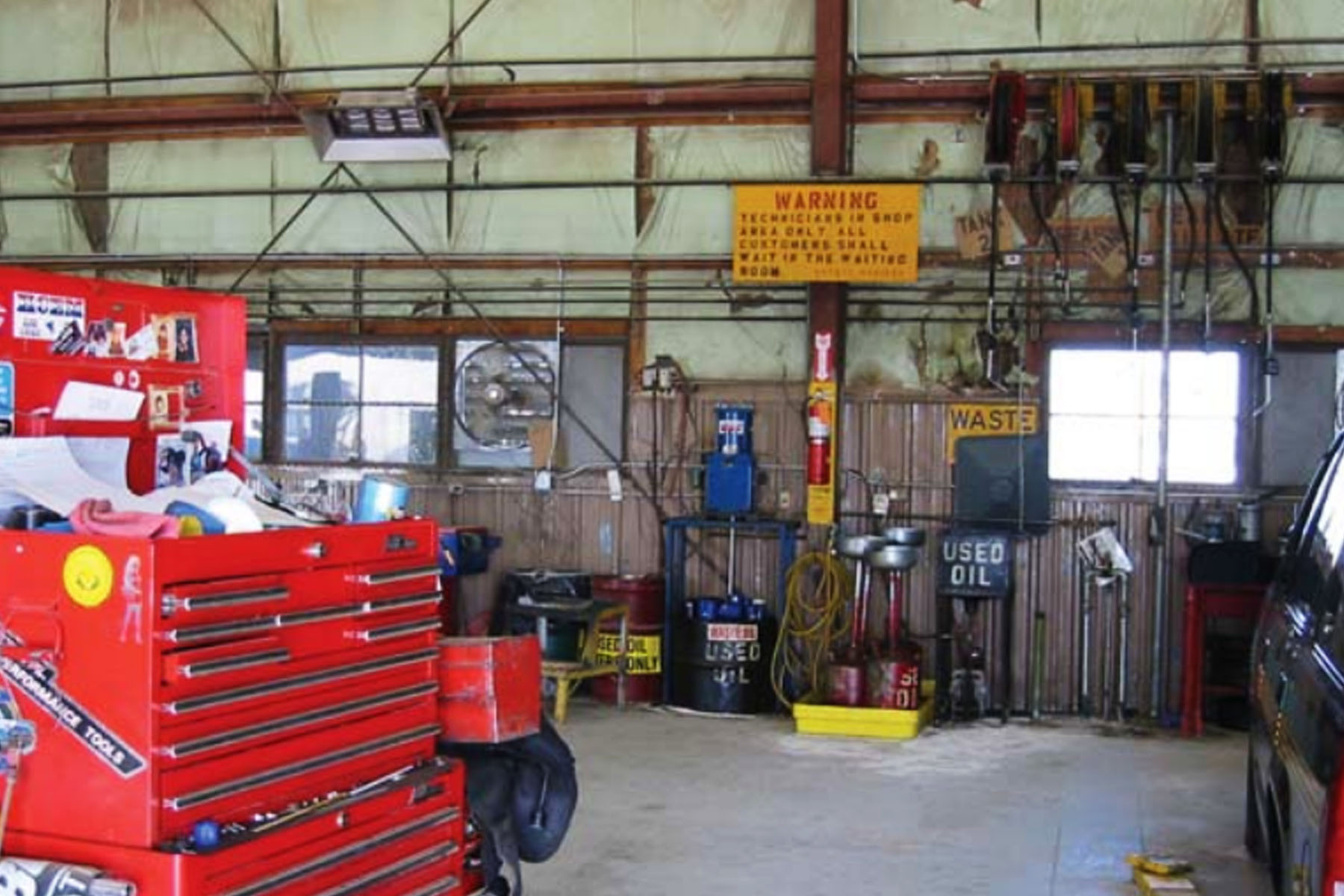Submitted by admin on
Featured news

If your facility changes oil on vehicles or accepts used oil from your community, you must follow the standards for the management of used oil. These standards require your shop to comply with basic storage requirements. Used oil should be stored only in containers and tanks that are in good condition (free of any visible leaks, structural damage, or deterioration). Containers, aboveground tanks, and fill pipes that transfer used oil into underground storage tanks all need to be clearly marked with the words “USED OIL” to prevent mixing of used oil with other materials.1
Additional good practices in managing used oil are as follows:
- When changing oil, set up equipment—such as a drip table or screen table with a used oil collection bucket—to collect oil dripping off parts. Place drip pans underneath vehicles that leak fluids.
- Used oil filters should be drained, crushed, and stored in a container that is labeled “Used Oil Filters.” Most oil filters can be recycled. This process exempts filters from being considered hazardous waste.
1 Preventing Leaks and Spills at Service Stations [PDF]. (n.d.). San Francisco: US Environmental Protection Agency.
